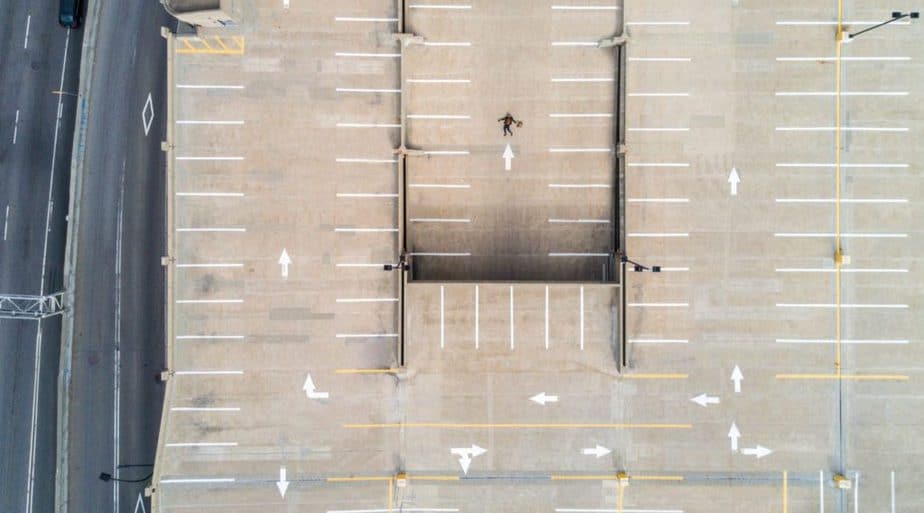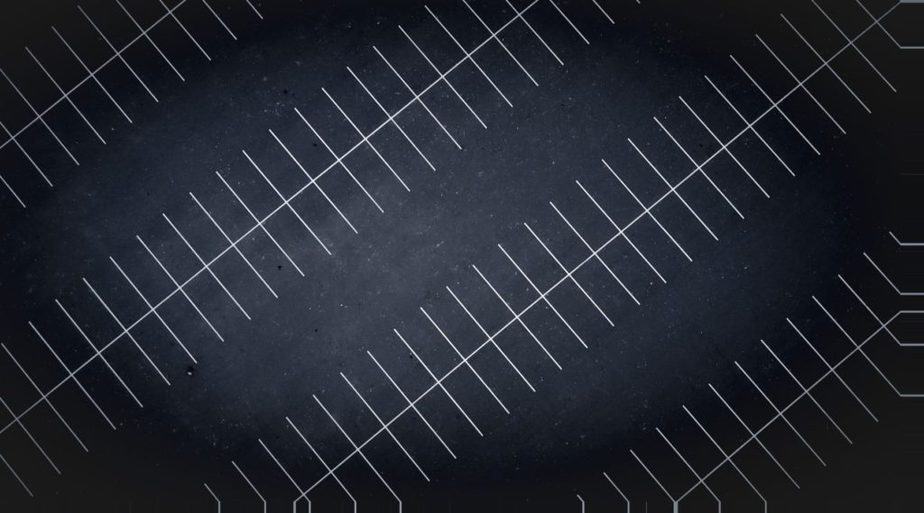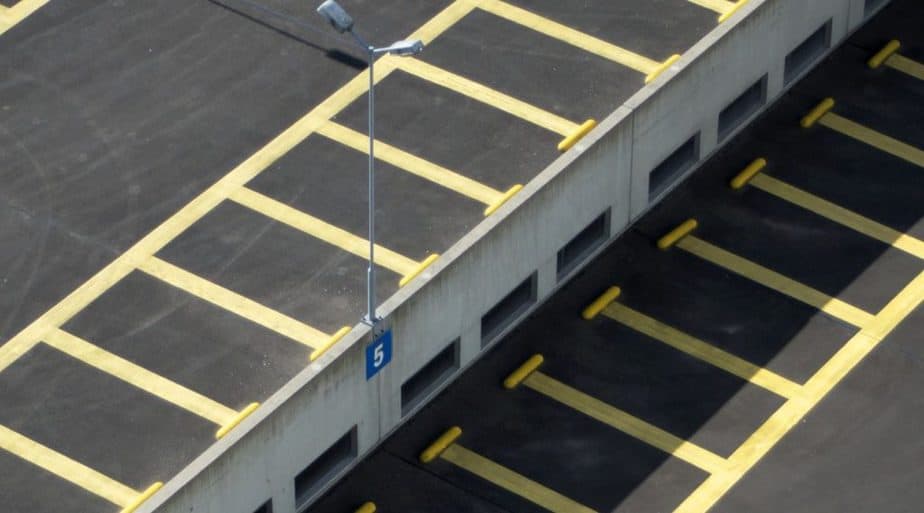

Thermoplastic Line Marking is the answer to high use areas
Thermoplastic Line Marking provides a consistent and durable solution to high use road and car park areas.
Thermoplastics and their col applied plastic counter parts are excellent line marking solutions. areas that require a long lasting marking will see Significant savings over the life of the marking. this is due to the less frequent requirement of remarking line markings, this saves downtime on access to roads or car parks and savings on call out and installation costs when remarking the areas.
Thermoplastics offer a bright and tactile finish that stays bright through out its life cycle due to its wearing properties. Over the life time of the line markings the top layer is slowly worn away exposing clean and fresh product from below. this helps keep strong visibility properties through out the life of the markings.
it is important that the company who completed the job are well versed in the application of this material to ensure its long life properties, stripe line markers have a wide range of industry knowledge. this is especially important for thermoplastics as the correct material temperature and surface preparations are directly related to the longevity of the markings.
Thermoplastic line marking comes in almost any shape and size
What is thermoplastic Line marking?
Thermoplastics are a type of polymer plastic that can be heated to become more malleable and soft. When cooled, it maintains it shape and creates a strong bond with the road surface that is being line marked.
There are 3 components of a thermoplastic(hot-melt) line marking paint.
1. Thermoplastic Resin, this resin is what gives the paint it’s adhesion properties as well as creates the structure that the colour and bead is held in. This leads us too our second part.
2. The pigment gives the line marking paint its colour, thermoplastics come in a range of colours now. Most commonly white or yellow used in thermoplastic road marking or car park marking applications. However they also have many other colours used for anything from business logos, to playground games or wheel chair symbols.
3. Thermoplastic line marking paint generally has a glass bead mixed in to give it consistent reflectivity throughout the life of the product. This glass bead is also applied to the top of the product at the time of application to give the best effectiveness from application to reapplication.




Extrusion, profile, preformed
What are the different types of thermoplastics?
There Are Several Types Of Line Marking Thermoplastics, Most Common Of These Is Extruded Thermoplastic, This Kind Of Thermoplastic Is Heated In A Large Kettle And Transferred To A Linemarking Truck That ‘Extrudes’ The Material Through A Specialised Head Onto The Road. This Type Of Line Marking Is Used Mainly On Roads And Highways Requiring A Thermoplastic Treatment.
Another common use of thermoplastic line markings is profile line markings. This composition is used for tactile audio lumps that give the audible rumbling noise many people will be familiar with on Australian highways. This material is thicker and applied through a specialised head that chops the material into a small lump that are usually 100-150mm apart. This type of line marking is applied upto 80% slower than extrusion to guarantee the appropriate height and structure of each lump.
What are the different types of manually applied thermoplastics?
Lastly, Hand Applied Thermoplastics Are Completed In Two Different Ways. Preformed Thermoplastics That Are Water Cut Into Specific Shapes Hence Its ‘Preformed’ Name, This Is Then Positioned On The Surface And Melted Using A Large LPG Wand To Bring The Material To The Appropriate Temperature To Make A Strong Bond With The Surface. During This Process The Material Liquefies And Surface Aggregates Such As Crushed Glass To Assist In Preventing Slips And/Or Glass Bead Is Applied To Give Retro-Reflective Properties.
Screed Is An Alternative Type Of Hand Applied Thermoplastic Line Marking. This Thermoplastic Is Heated In A Large Kettle And A Bucket Is Used To Feed A ‘Shoe’ With A Small Opening That Leaves Behind The Thermoplastic Material As The Shoe Is Pulled Across The Surface. While The Material Is Still Hot And Malleable The Same Aggregates Can Be Applied To Allow Non-Slip And/Or Reflective Properties.
Thermoplastics Are Sometimes Applied Through High-Pressure Systems That Spray The Material Onto The Road However This Has Been Made Redundant By Extrusion And Cold Applied Plastic Application Materials And Systems.
Set-out
Car park line marking in sydney is executed in accordance with basic guidelines issued by your local government, rest easy knowing Stripe Line Marking use only current specifications and the best possible equipment and materials.
Carparks
Whether you require existing parking bays or new parking bays installed we offer a range of services to cover every need. We use quick-drying and highly durable water-based and epoxy or solvent paints to provide high longevity in all our markings
Bollards
years of experience in the line marking industry, we have a deep understanding of the ever changing line marking specifications, we can provide spotting and Linemarking services to any australian standard
